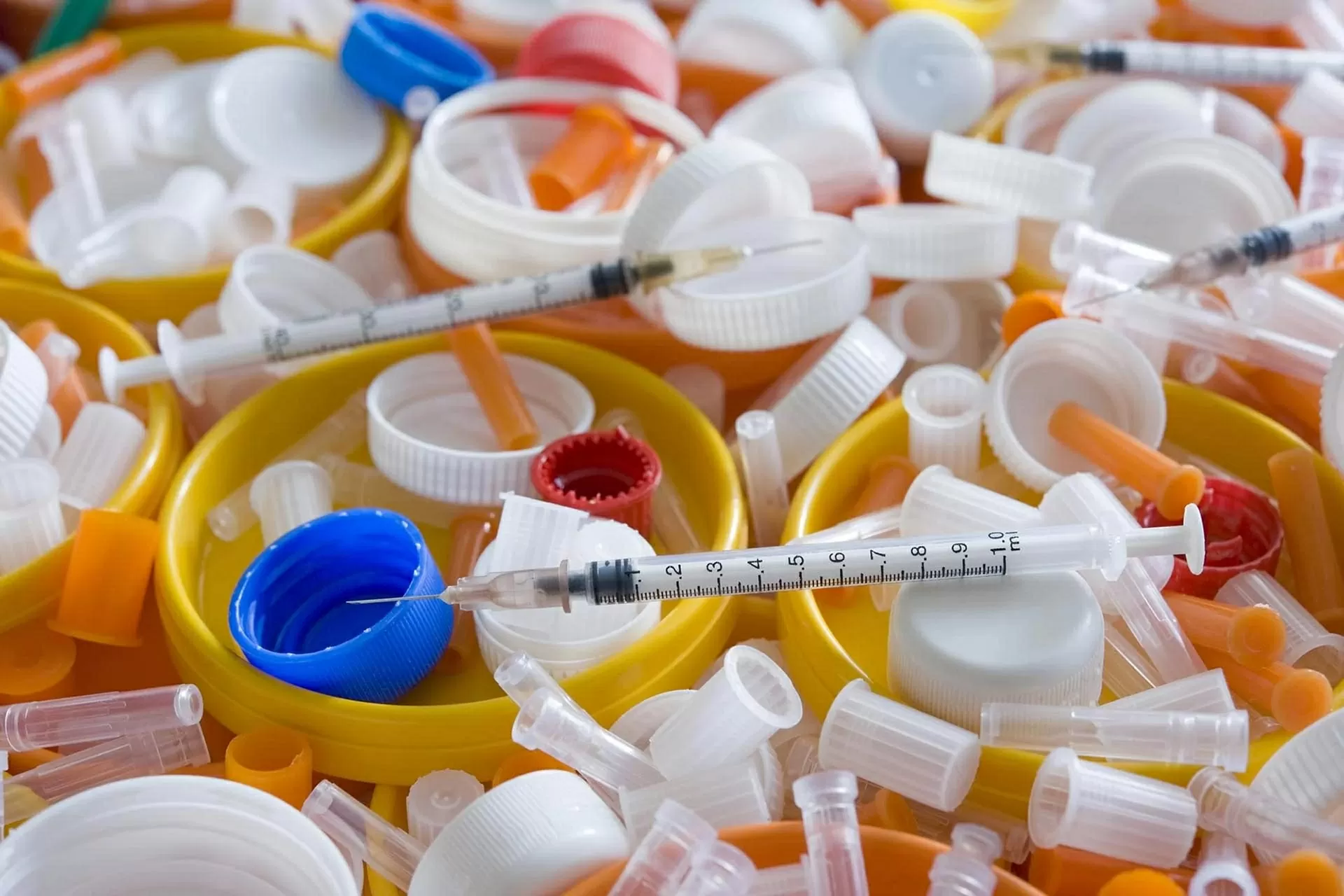 |
| Scientists have discovered a dangerous type of superbug in hospitals that can "eat" medical plastic, potentially making it difficult to eliminate and leading to persistent infections in patients. (Source: SciTechDaily) |
According to a study recently published in the scientific journal Cell Reports, microbiologists have discovered that the bacterium Pseudomonas aeruginosa (P. aeruginosa) – the cause of many hospital-acquired infections – can “eat” polycaprolactone (PCL), a biodegradable plastic used in devices such as catheters, stents, and absorbable sutures. This ability allows the bacteria to survive longer in the hospital environment, even inside the patient's body.
Professor Ronan McCarthy, the lead researcher, argues that the way pathogens survive in hospitals needs to be re-examined. This is because any equipment or treatment that uses plastic could be damaged by bacteria.
The research team also discovered an enzyme called Pap1 – the direct culprit in breaking down plastic. The enzyme was extracted from a strain of P. aeruginosa found in a patient's wound. In the experiment, after just one week, the enzyme had broken down nearly 80% of the PCL plastic sample, providing the sole energy source for the bacteria to survive. More worryingly, digesting the plastic helps the bacteria form a strong biofilm – a protective mechanism that helps them resist antibiotics and cause difficult-to-treat infections.
This is why P. aeruginosa is at the top of the World Health Organization's (WHO) list of priority sites for developing new drugs, especially because it is associated with infections from urinary catheters and ventilators, two devices that contain many plastic components.
Although the study only confirmed degradation with PCL, the team of experts also found evidence that similar enzymes may exist in other bacteria, raising concerns about the risk of degradation of medical plastics such as polyethylene terephthalate or polyurethane.
Professor McCarthy warned: “Plastics are everywhere in modern medicine. Bacteria are adapting to break them down. We need to understand how this affects patient safety.”
Faced with this new threat, experts suggest researching and developing types of plastic that are more resistant to bacterial degradation, while also considering screening for bacteria with plastic-degrading enzymes in prolonged outbreaks of unexplained infections. The next step, according to the research team, is to expand investigations into the prevalence of this enzyme in other pathogens and assess its impact on their virulence and transmissibility.
Source: https://baoquocte.vn/moi-de-doa-sieu-vi-khuan-an-nhua-y-te-316053.html








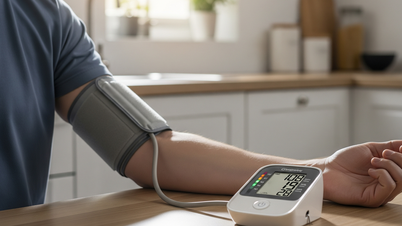







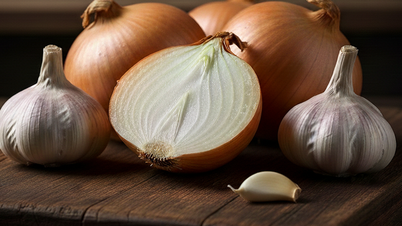




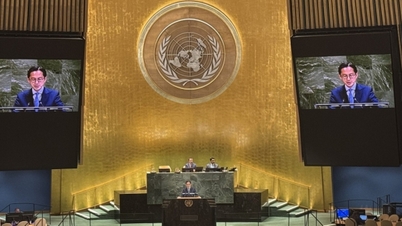










![[Video] The craft of making Dong Ho folk paintings has been inscribed by UNESCO on the List of Crafts in Need of Urgent Safeguarding.](https://vphoto.vietnam.vn/thumb/402x226/vietnam/resource/IMAGE/2025/12/10/1765350246533_tranh-dong-ho-734-jpg.webp)













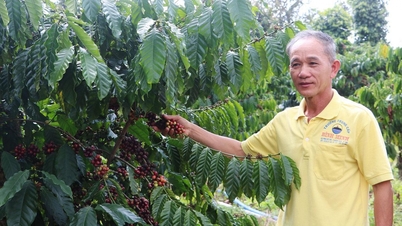


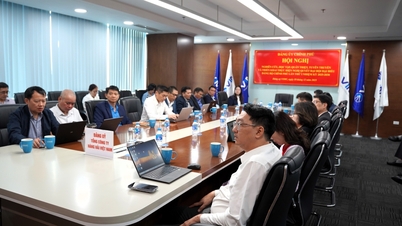






















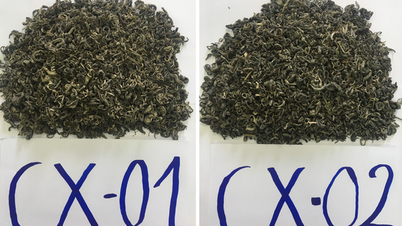
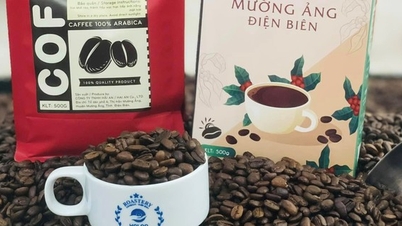
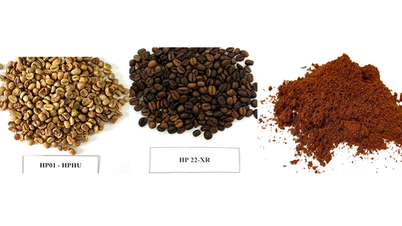




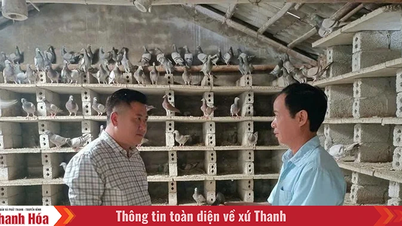

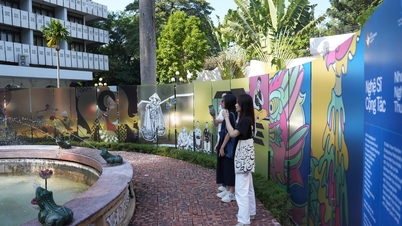















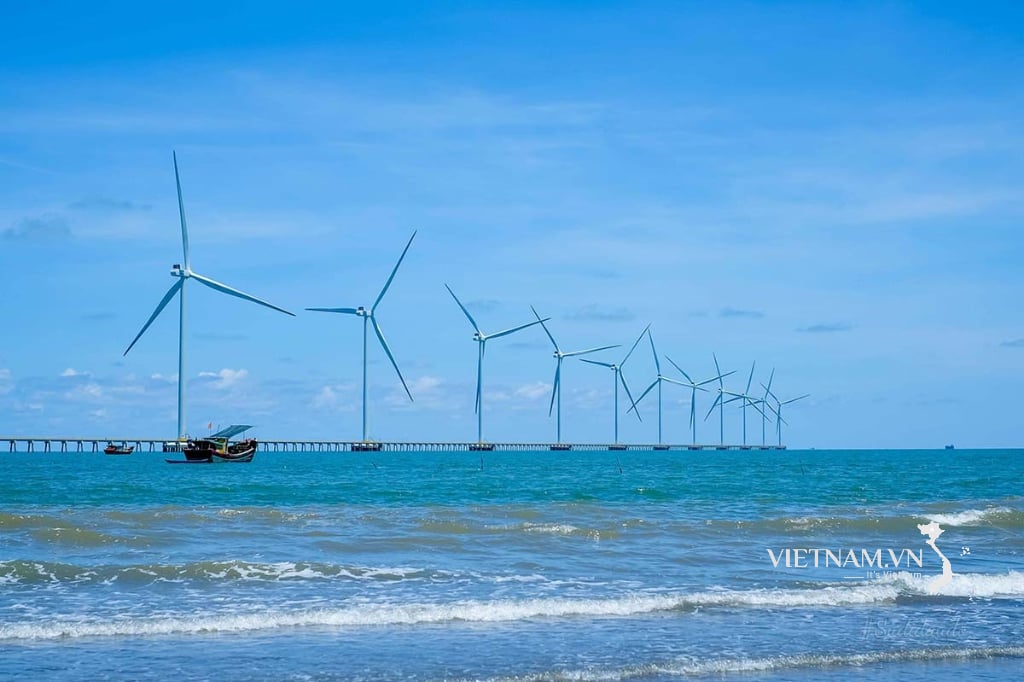
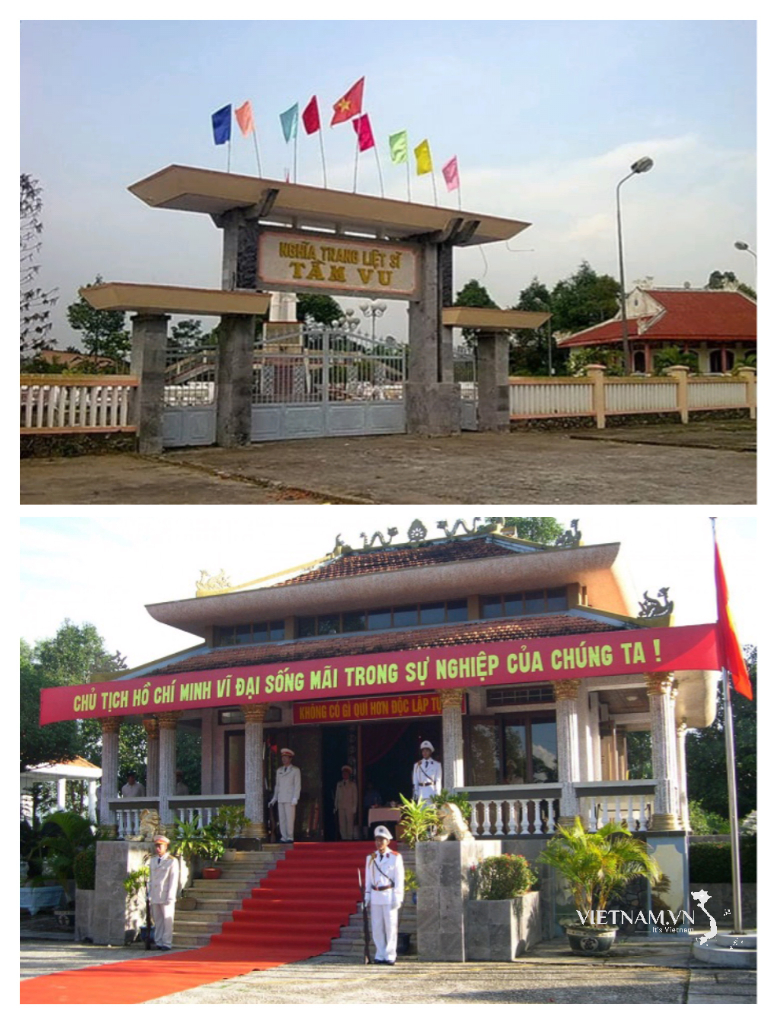




Comment (0)